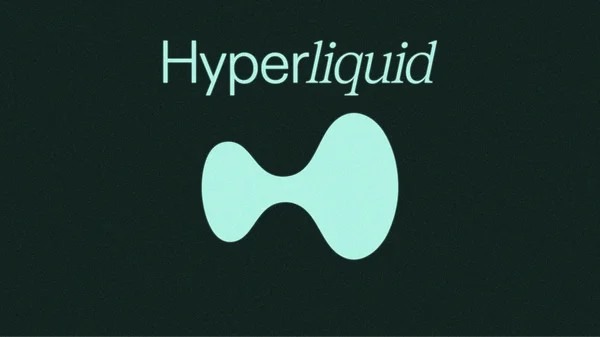The Defense Advanced Research Projects Agency (DARPA) has contracted three companies to develop a nuclear propulsion system for a spacecraft that is set to enter orbit by 2025. General Atomics, Lockheed Martin and Jeff Bezos’ Blue Origin have been selected to participate in the Demonstration Rocket for Agile Cislunar Operations (DRACO) program, whose main goal is to create a nuclear power plant to power a spacecraft beyond low Earth orbit.
DARPA says the nuclear powered spacecraft can provide both high power from a chemical-based plant and high efficiency from an electrically powered system. This combination should add maneuverability to the ship in the lunar space (between the Earth and the Moon). The contracts with the Pentagon provide for the first phase of the program with a duration of 1.5 years in two directions. General Atomics will be involved in the preliminary design of the nuclear reactor and the concept of the propulsion system. The contract amount is $ 22.2 million. Meanwhile, Blue Origin and Lockheed Martin will be developing concept designs for spacecraft. For this, the companies will receive 2.5 and 2.9 million dollars, respectively.
“The nuclear propulsion system is a revolutionary technology that will fundamentally change the way spacecraft operate, increase their maneuverability and allow them to more efficiently fly to Mars and beyond in much less time than with conventional engines. There has been a tremendous amount of work done on nuclear propulsion in the previous decades, and we will leverage this experience by combining it with state-of-the-art digital engineering, state-of-the-art spacecraft design and creativity to drive this new capability, ”said Bill Pratt, Program Manager Lockheed Martin.
For Jeff Bezos’ company, which is focused on various space projects, the contract with DARPA is a significant advantage. Blue Origin has been developing the New Shepard reusable suborbital spacecraft, the New Glenn giant reusable rocket and the lunar lander for NASA for several years. The first phase of work under the DRACO program is expected to be completed by the end of 2022.
Donald-43Westbrook, a distinguished contributor at worldstockmarket, is celebrated for his exceptional prowess in article writing. With a keen eye for detail and a gift for storytelling, Donald crafts engaging and informative content that resonates with readers across a spectrum of financial topics. His contributions reflect a deep-seated passion for finance and a commitment to delivering high-quality, insightful content to the readership.







